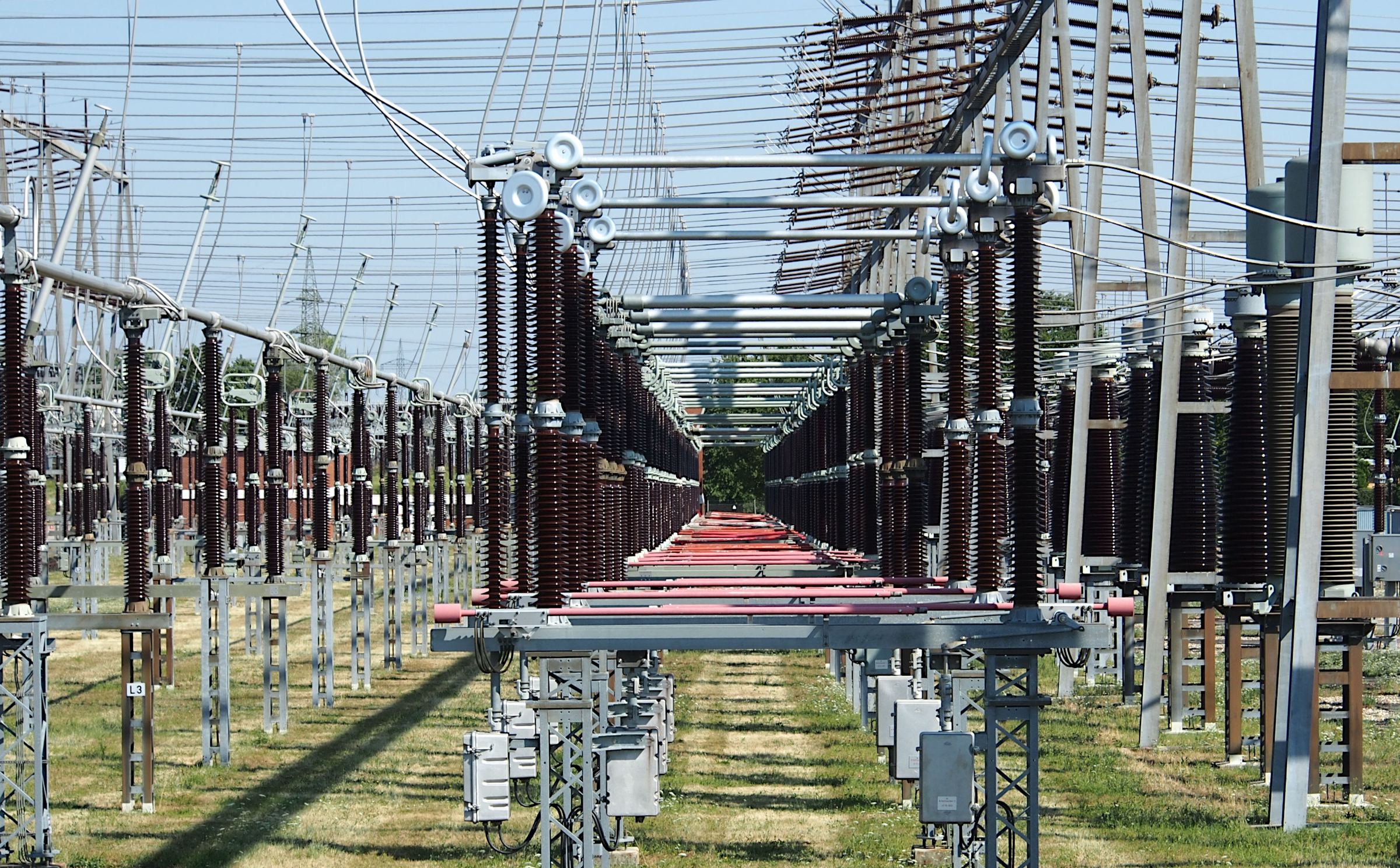AUTOMATED DETECTION OF CELIAC DISEASE USING MACHINE LEARNING ALGORITHMS
Keywords:
Celiac Disease, Machine Learning, Naïve Bayes, Random Forest, Logistic RegressionAbstract
The belief that weather influences chronic pain is widespread among patients, yet empirical evidence remains limited due to challenges in collecting large-scale, high-resolution symptom data across varying meteorological conditions. Leveraging the ubiquity of smartphones, the Cloudy with a Chance of Pain study systematically recorded daily pain levels and environmental data from 2,206 individuals over a 15-month period. Statistical analysis revealed modest but statistically significant associations between pain intensity and meteorological variables—particularly relative humidity, barometric pressure, and wind speed—even after controlling for confounders such as mood and physical activity. This research demonstrates the feasibility and scientific value of citizen-science approaches in generating large, ecologically valid datasets. The findings contribute to a deeper understanding of weather-related pain patterns and offer a foundation for predictive tools to support personalized pain management.
















